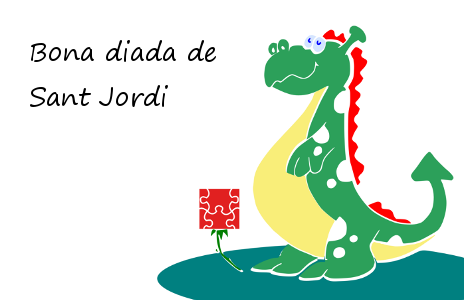JAKARTA – Jordi Onsu mengungkapkan bahwa hubungan dengan kakaknya, Ruben Onsu, telah merenggang sejak beberapa tahun lalu. Ia membenarkan bahwa nomor WhatsApp-nya diblokir oleh Ruben sejak 2022, sehingga tidak lagi bisa berkomunikasi secara langsung.
“Nomor aku diblokir kayaknya tahun 2022. Setelah itu, sampai sekarang tak ada kontak sama sekali,” ujar Jordi saat ditemui di Bandara Internasional Soekarno-Hatta, Banten, pada Kamis (20/11/2025) malam.
Menurut Jordi, pemblokiran bukan hanya terjadi pada dirinya, tetapi juga terhadap dua saudara kandung lainnya. Namun, ia menegaskan bahwa masalah ini tidak berkaitan dengan perubahan agama Ruben Onsu yang menjadi mualaf.
“Intinya, dari kami, tidak pernah mempermasalahkan soal agama. Karena kakak yang nomor tiga pun kan memutuskan menjadi mualaf. Jadi bisa dipastikan, masalah kami bukan karena agama,” katanya.

Jordi mengaku telah berusaha meminta maaf dan membuka kembali komunikasi dengan Ruben melalui pihak ketiga. Namun, hingga kini, upaya tersebut belum mendapat respons.
“Permintaan maaf sudah ada, kemudian mencoba menjalin komunikasi sudah ada,” ujarnya.
Meski tidak bisa berkomunikasi secara langsung, Jordi menegaskan bahwa hubungan dengan anggota keluarga lainnya tetap baik. Ia masih sering berkumpul dengan dua saudara kandungnya yang lain, termasuk salah satu dari mereka tinggal bersamanya.
“Kita bukan dua bersaudara saja, enggak. Kita empat bersaudara. Aku sama dua bersaudara yang lain semua masih kumpul. Kakakku kan ada tinggal di tempat aku kan,” jelasnya.

Pada kesempatan yang sama, Jordi juga menyampaikan pandangannya terkait konflik antara Ruben Onsu dan Sarwendah. Ia berharap kedua pihak dapat menyelesaikan masalah secara pribadi tanpa melibatkan pihak ketiga.
“Menurut saya baiknya duduk bareng-bareng tanpa orang ketiga, tanpa pengacara mungkin,” ujarnya.
Jordi menilai dialog langsung lebih efektif daripada menyampaikan masalah ke publik. Ia menegaskan bahwa fokus utama seharusnya adalah kesejahteraan anak-anak.






















